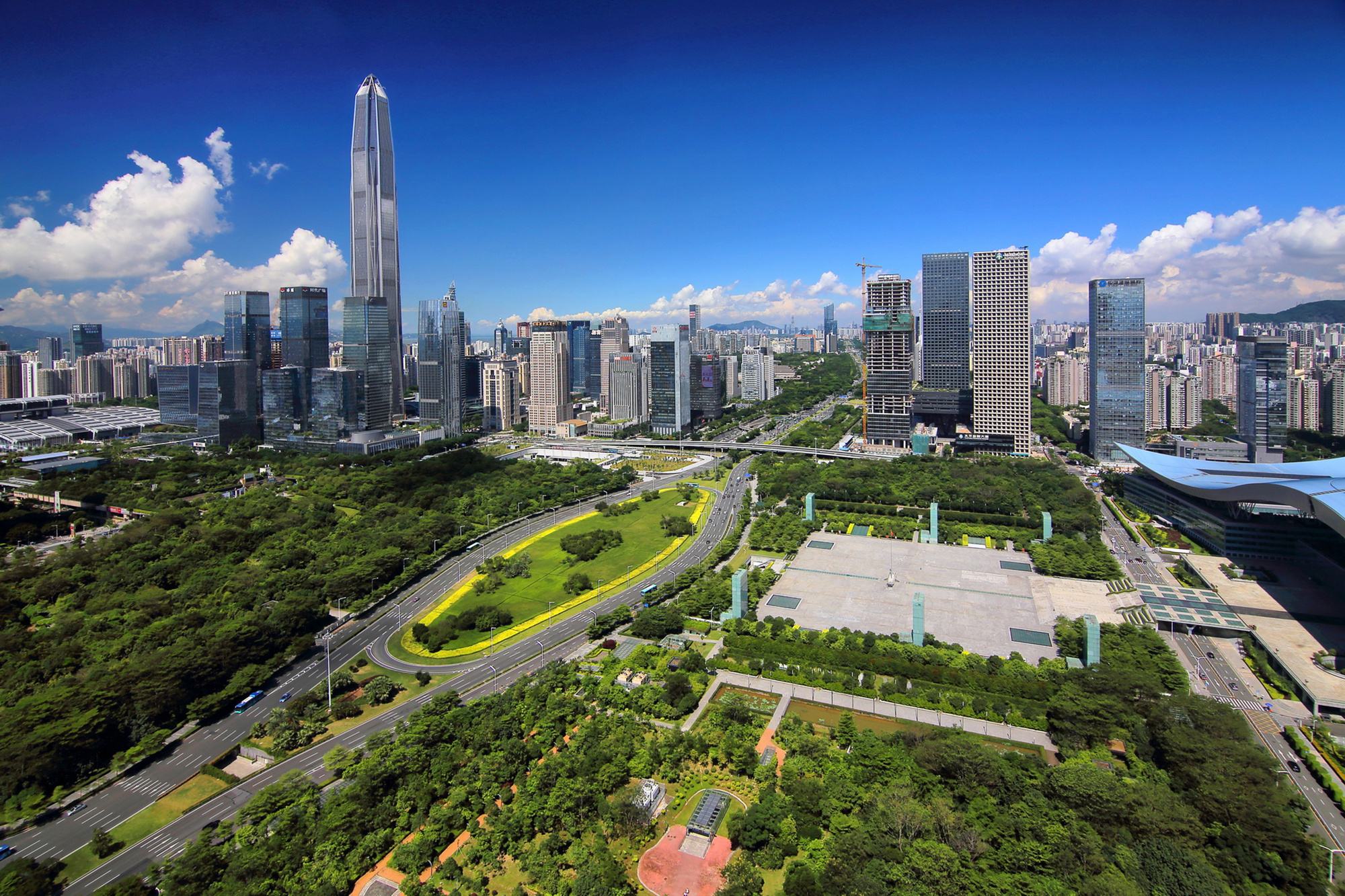Guideline details goals for SZ to be pilot demonstration area
Writer: SD News | Editor: Holly Wang | From: Shenzhen Daily | Updated: 2019-08-19

The Central Government unveiled yesterday a detailed guideline on supporting Shenzhen in building a pilot demonstration area of socialism with Chinese characteristics, charting the course for the future growth of the city, a prominent test-bed of China’s reform and opening up.
The guideline says that as socialism with Chinese characteristics has crossed the threshold into a new era, supporting Shenzhen in becoming a pilot demonstration area will help promote reform and opening up at a higher starting point and a higher level toward higher goals, form a new pattern of deepening reform in an all-round way, better implement the development strategy of the Guangdong-Hong Kong-Macao Greater Bay Area, enrich the new practice of the “One Country, Two Systems” policy, explore a new path in the construction of a strong and modern socialist country, and offer strong support for the realization of the Chinese Dream of the great renewal of the Chinese nation.
In the development of the Shenzhen pilot demonstration area, it is imperative to unswervingly follow the path of socialism with Chinese characteristics, adhere to the reform and opening up, fulfill the requirements of high-quality development, implement the innovation-driven development strategy, seize the important opportunities in the development of the Greater Bay Area and strive to create a model city for a great modern socialist country, the guideline says.
Shenzhen aims to build itself into a high-quality development highland, a model city ruled by law, an example of being a culturally advanced city, a beacon for people’s well-being and a vanguard of sustainable development.
By 2025, the city aims to make itself a top-tier world city in economic strength and development quality, and a modern international innovative city that boasts first-class R&D input intensity and industrial innovation capabilities, as well as strong cultural soft strength and quality public services and ecological environment.
By 2035, Shenzhen is expected to become a model for high-quality development for the rest of China, a world-leading city in comprehensive economic competitiveness, a globally influential creative capital for innovation and entrepreneurship, and a model city for a great modern socialist country. By the middle of the century, it aims to lead the world and become a benchmark city with outstanding competitiveness, creativity and influence.
In the implementation of its innovation-driven development strategy, Shenzhen is encouraged to establish comprehensive State-level science centers, labs focused on 5G, AI, cyberspace science and technology, life information and biomedicine, international science and technology information centers, and medical science academies with new operating mechanisms. Shenzhen firms are encouraged to set up R&D institutions overseas. The city is also encouraged to work out policies that facilitate the introduction, entry and exit of overseas talents, and allow international talents who have obtained permanent residency in China to set up science and technology companies and act as legal representatives for scientific research institutions in the city.
Priority will be given to emerging industries of strategic importance, and innovation centers are encouraged to be set up for technologies like high-end communication devices and high-performance medical devices.
Shenzhen is supported in deepening the reform of foreign exchange management and building itself into a global ocean center by setting up an ocean university, a national deep sea scientific expedition center and an international ocean development bank.
The city will also quicken the development of a smart city, build a Greater Bay Area Big Data Center, boost the digital and creative culture industries, set up an innovation and creative design college and initiate a globally oriented creative design award.
The detailed document comes weeks after a central committee meeting headed by President Xi Jinping held in July approved a plan to support Shenzhen in building a pilot demonstration area, which contained no details at the time.
During an interview with the Shenzhen Special Zone Daily after the meeting, Tan Gang, vice president of the Shenzhen Party School, said that the change from “pilot area” to “pilot demonstration area” indicates that Shenzhen has been given a higher objective, positioning and responsibility.
“This means Shenzhen’s efforts over the past two years have gained recognition and it now has higher requirements. It not only needs to play a pilot role, but also needs to play a demonstration role — for example, to promote the good practices in Qianhai nationwide.”
Shenzhen has seen its gross domestic product surge from less than 200 million yuan (US$28.5 million) in 1980 to 2.4 trillion yuan in 2018, according to official statistics.
Known for its strong innovation capabilities, the city is home to more than 14,000 national high-tech enterprises and technology giants, including Huawei, Tencent and DJI.
While its expenditure on research and development accounts for 4.2 percent of its GDP, doubling the country’s ratio, its patent cooperation treaty applications account for nearly half of the nation’s total.